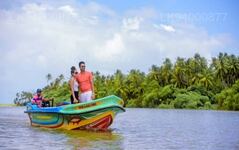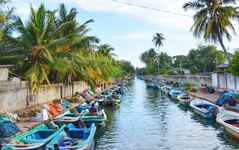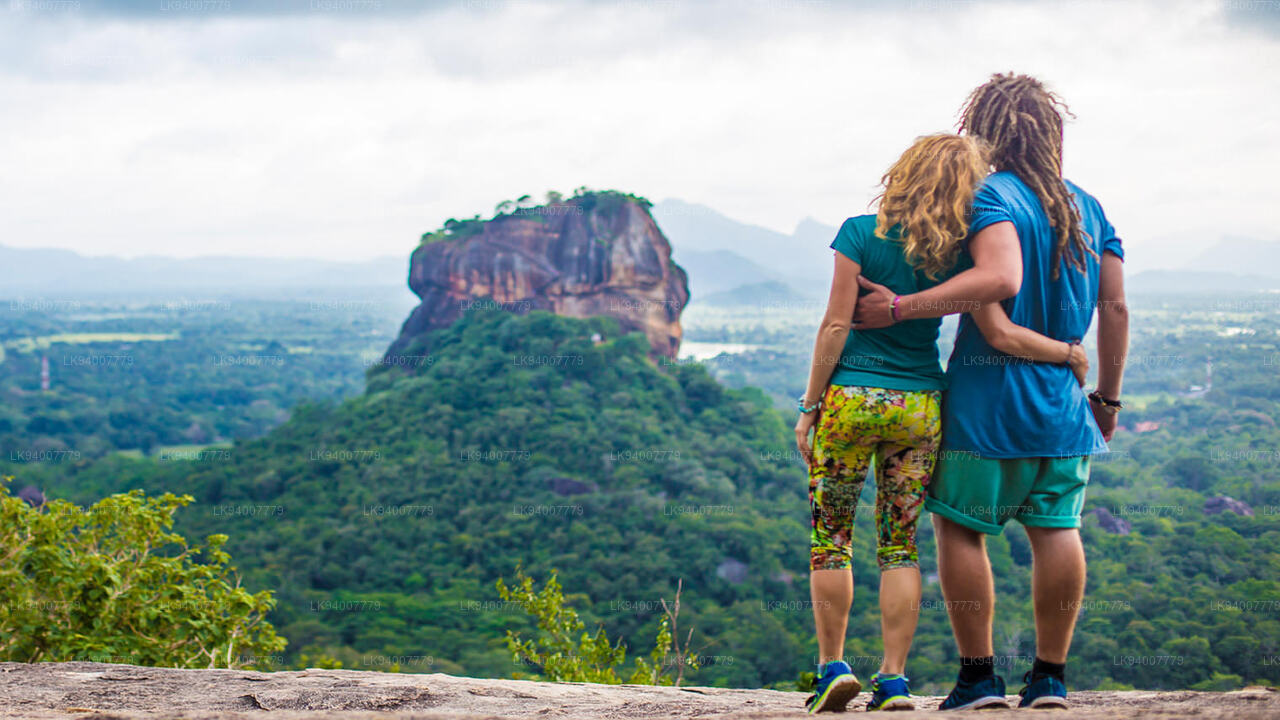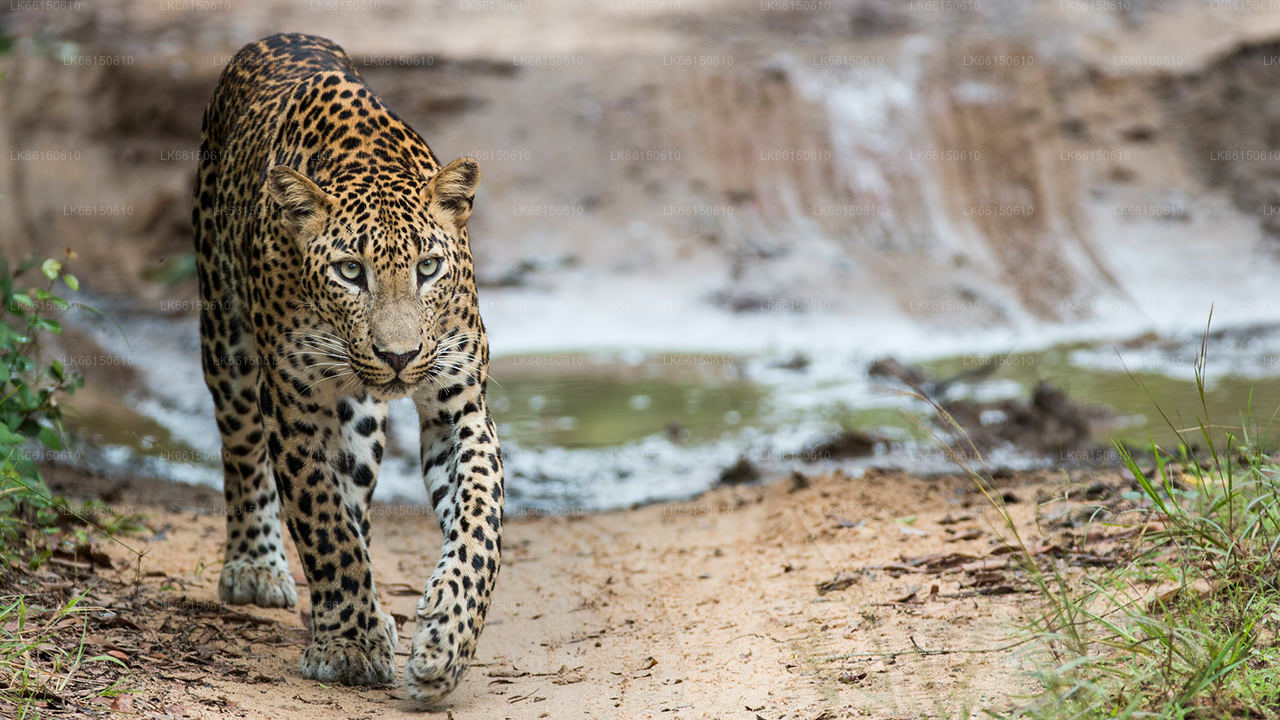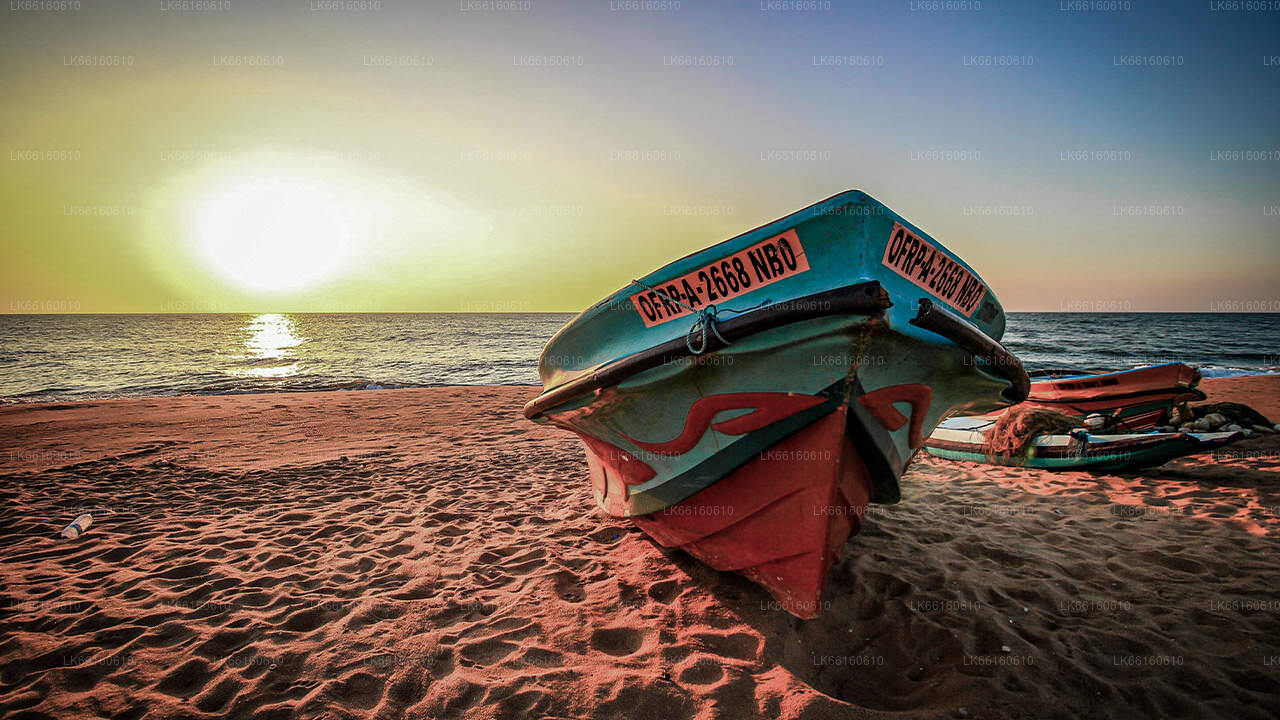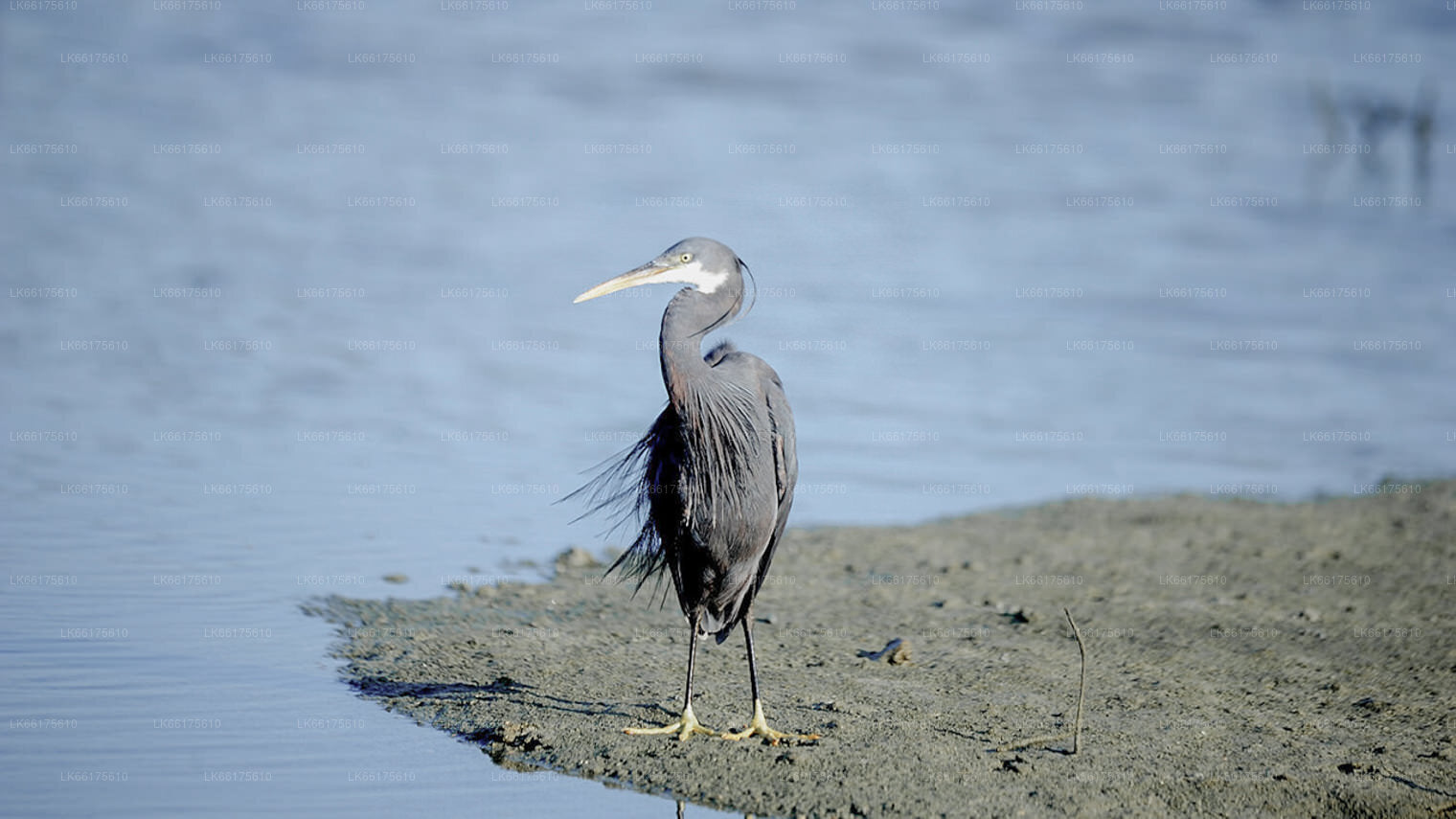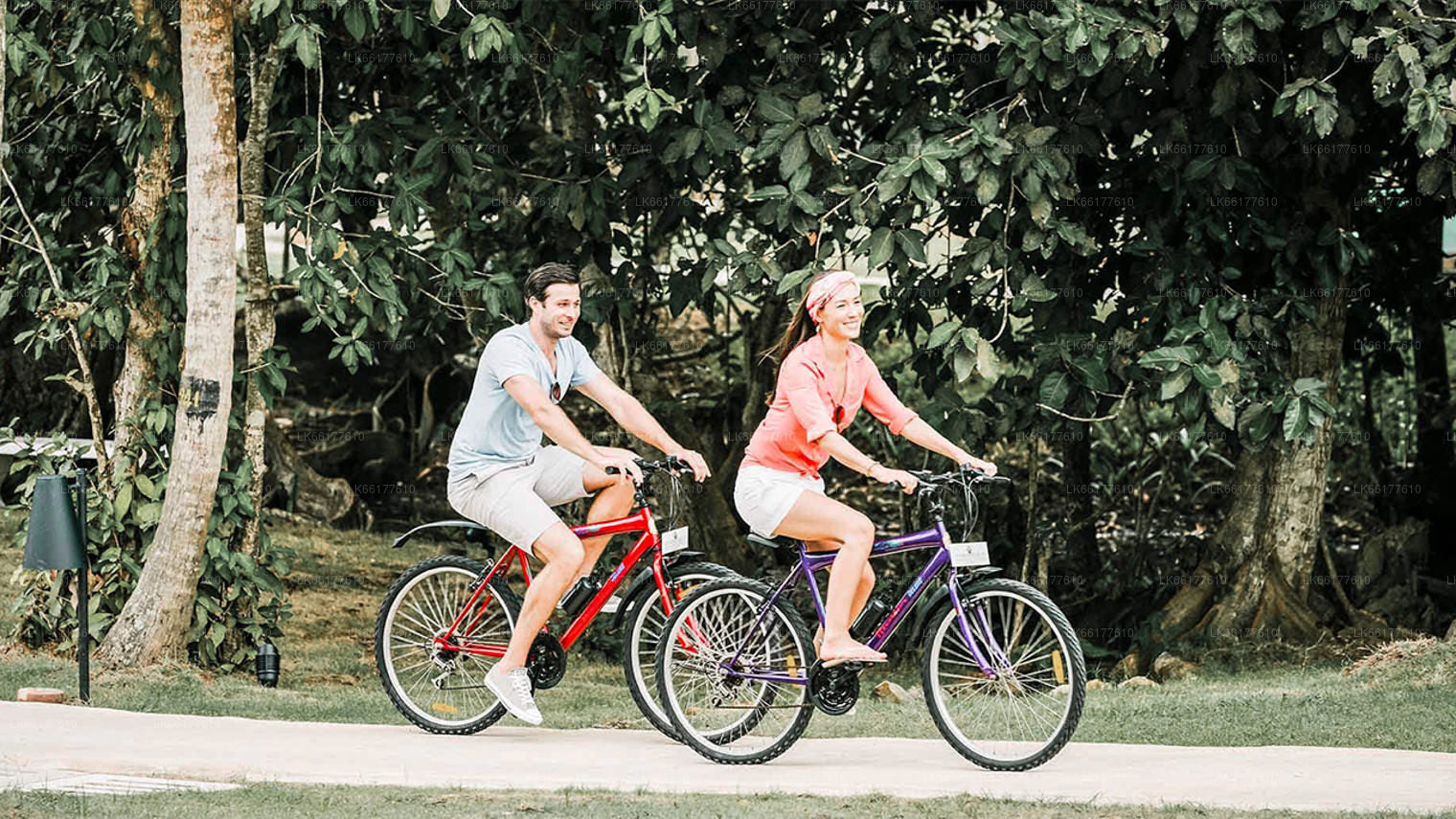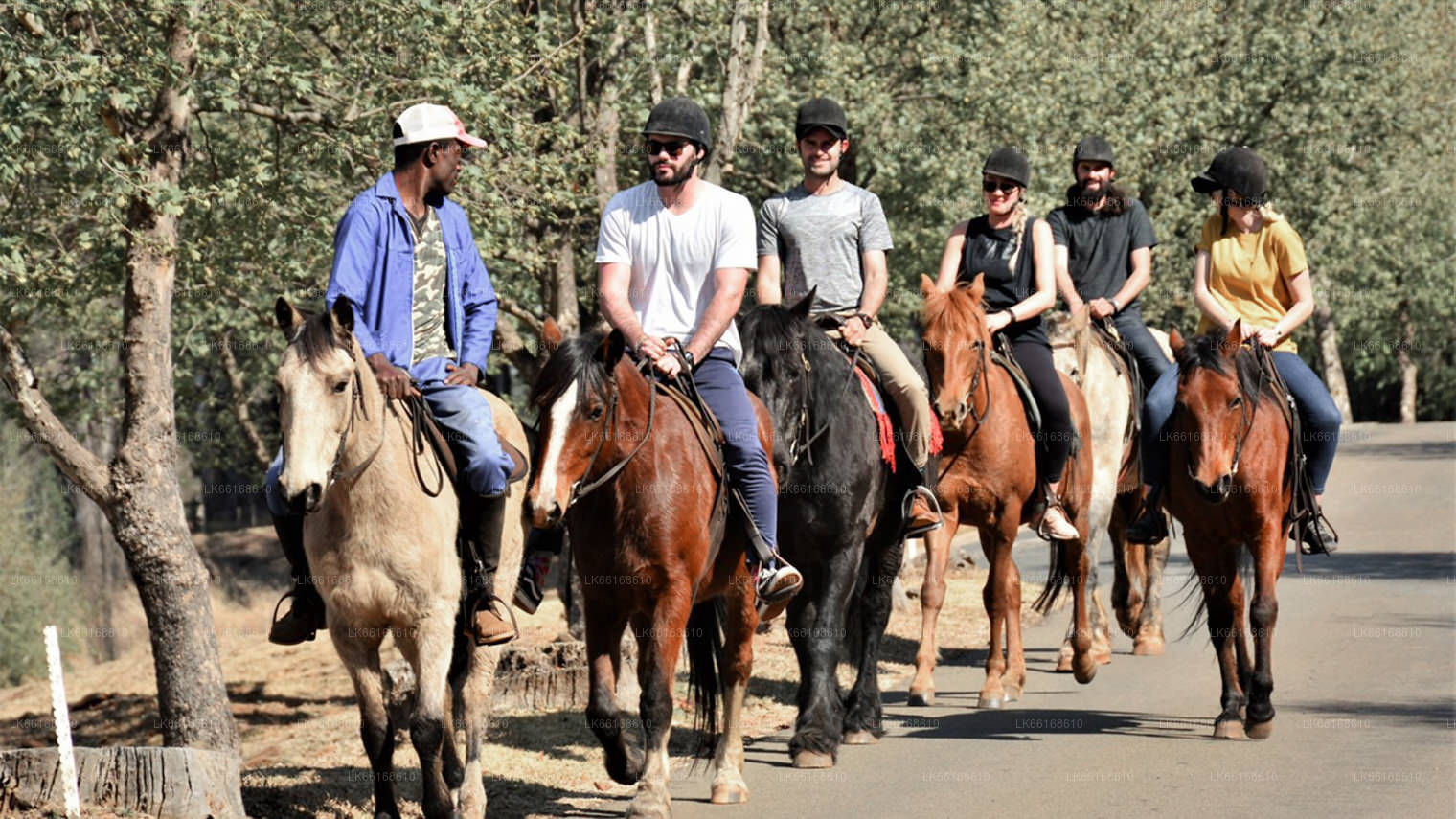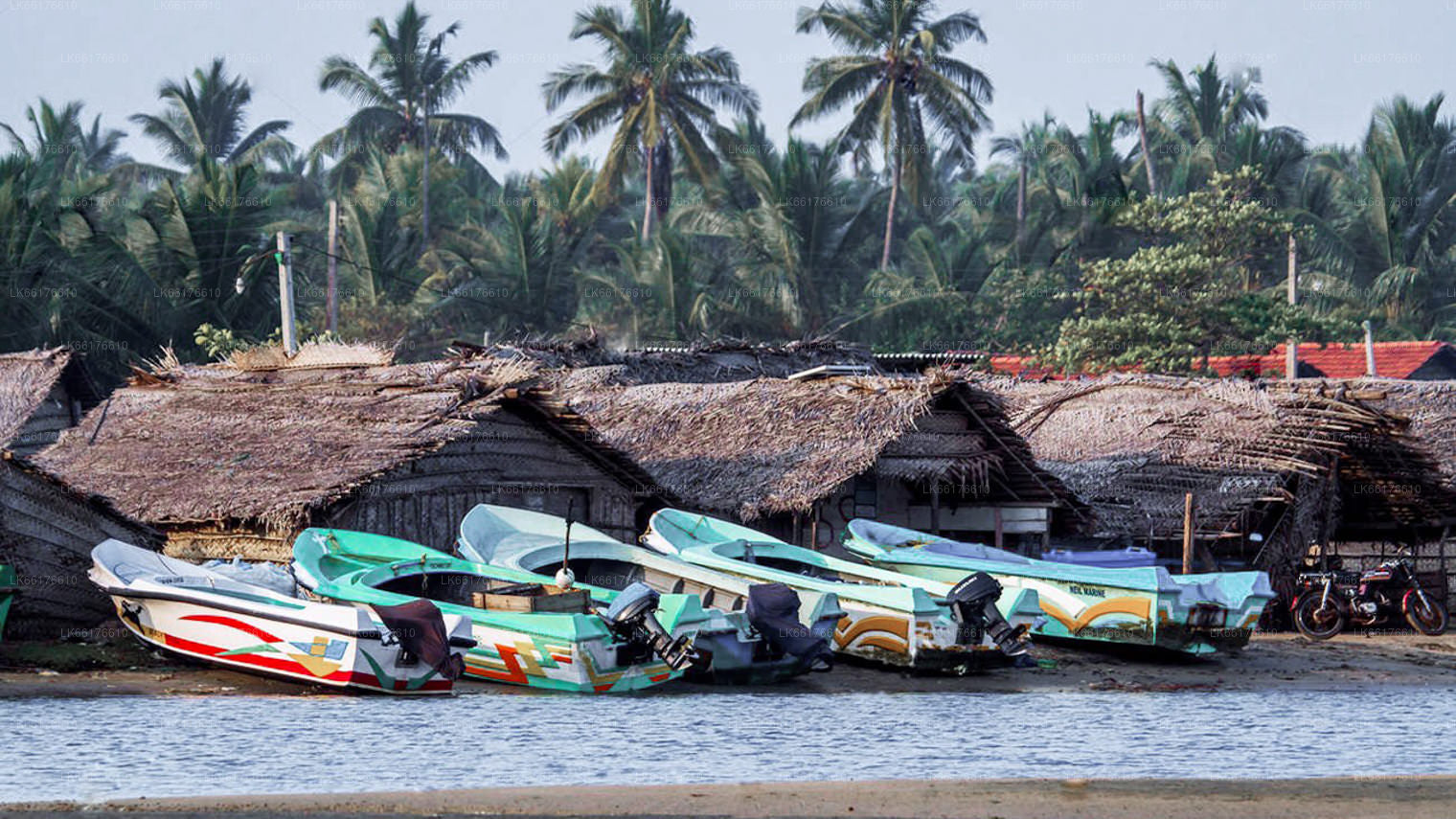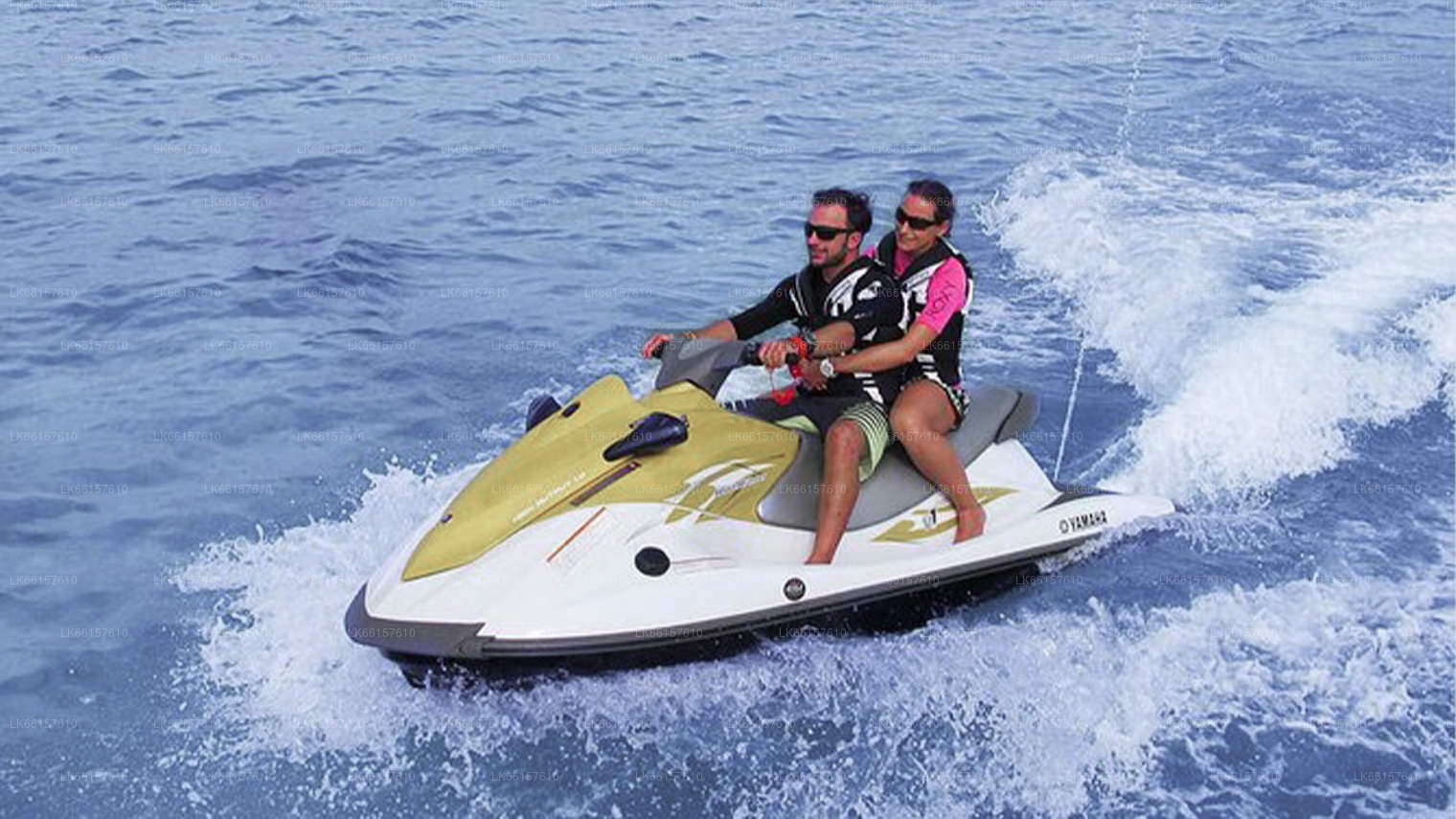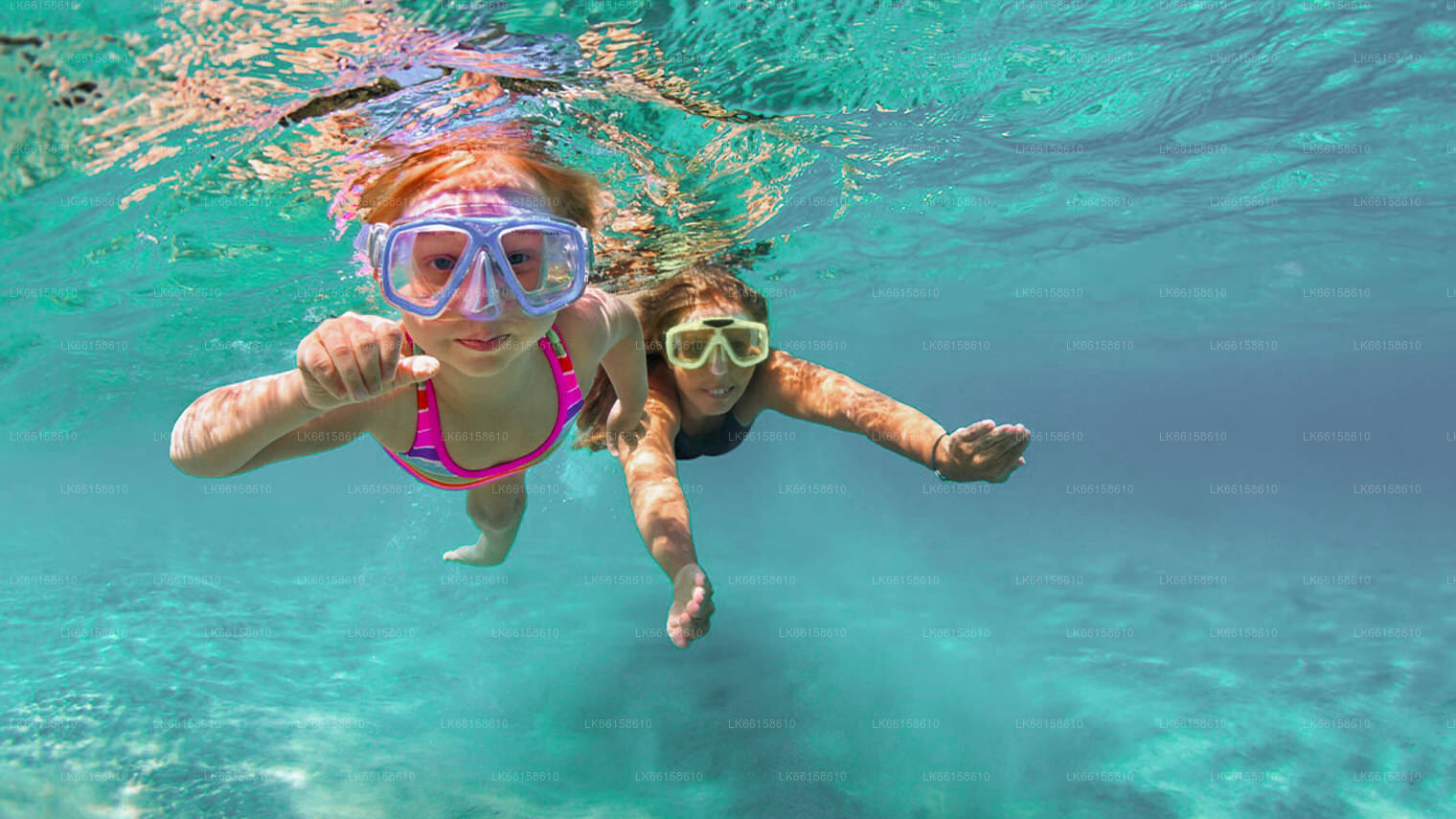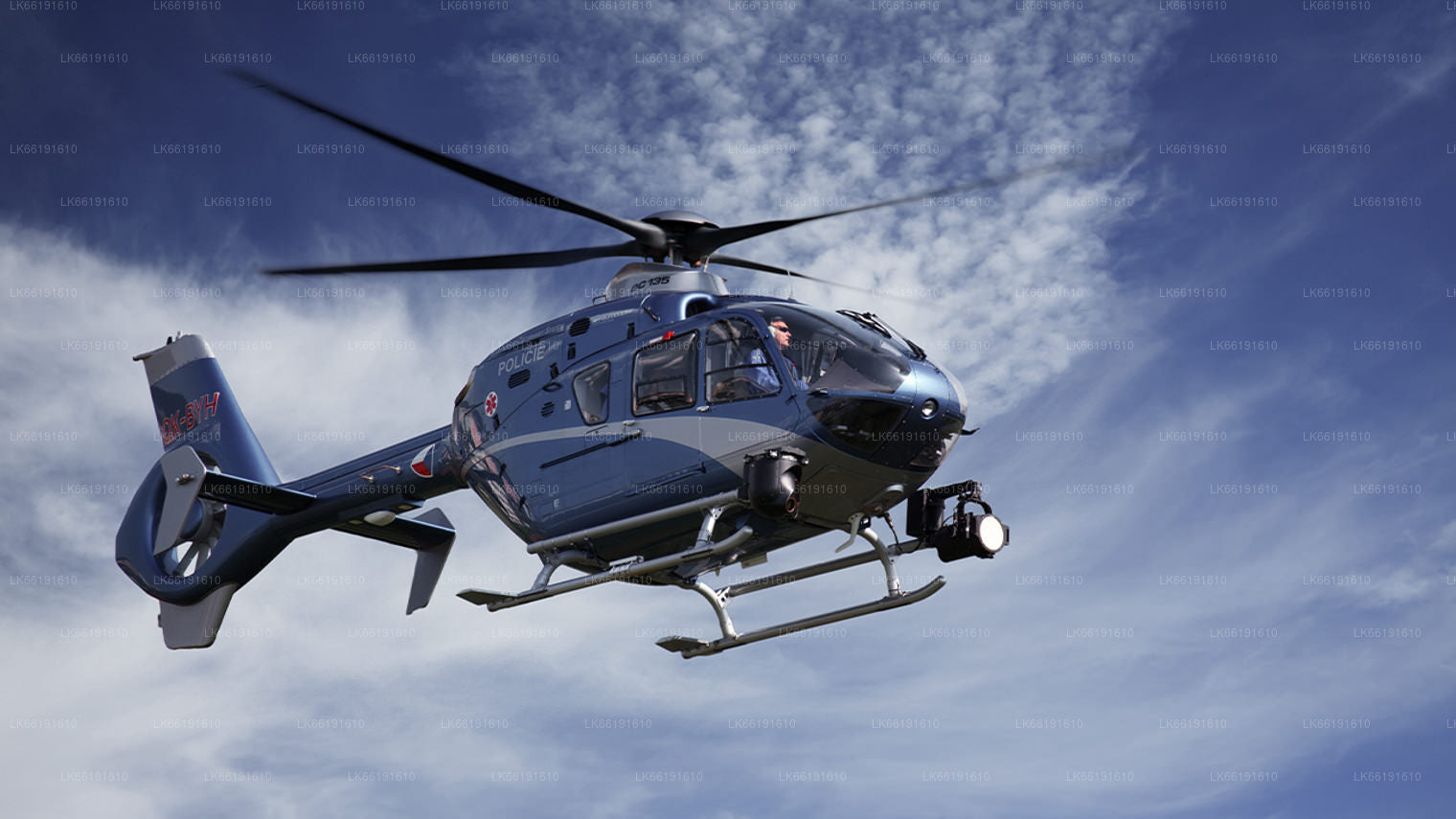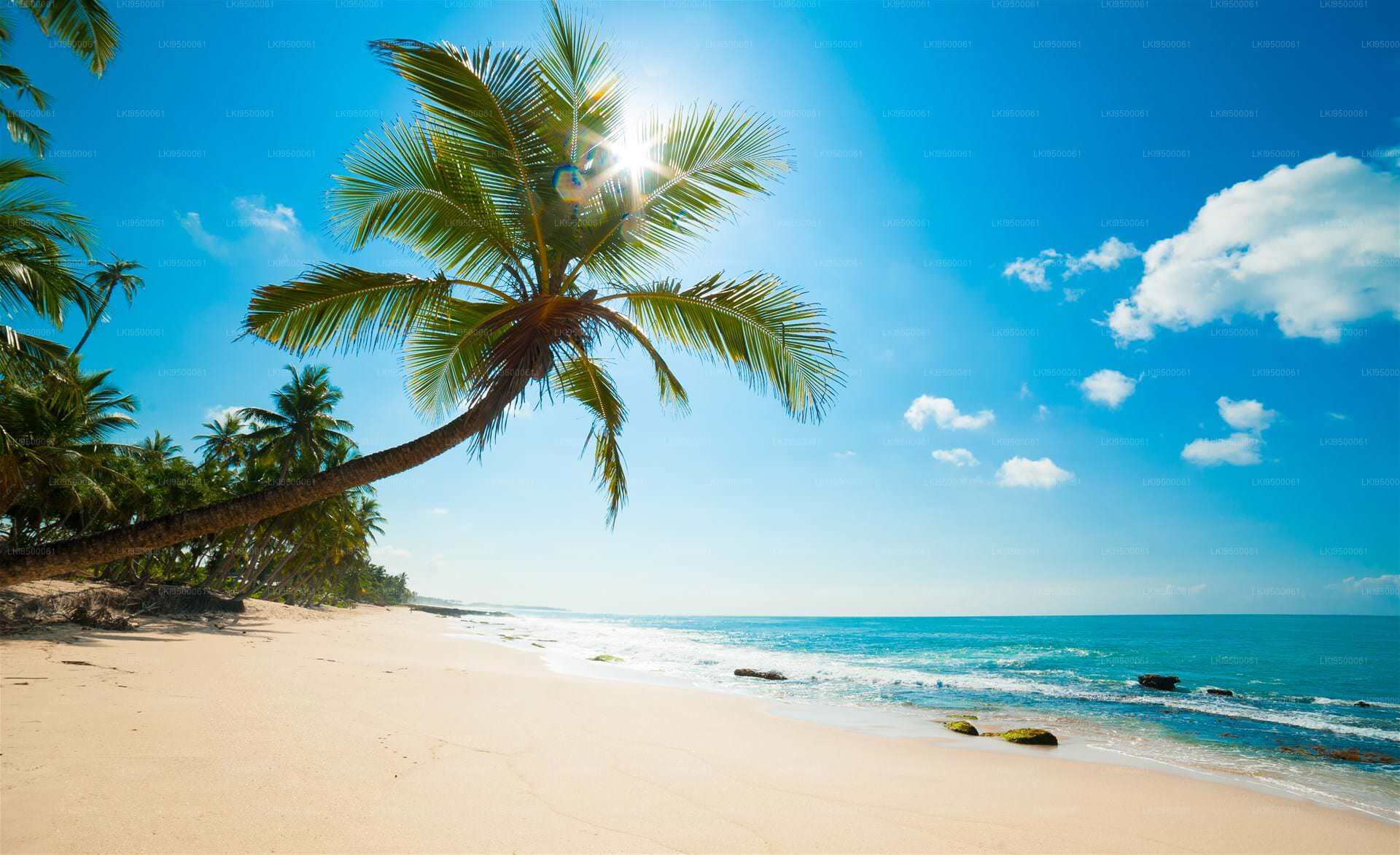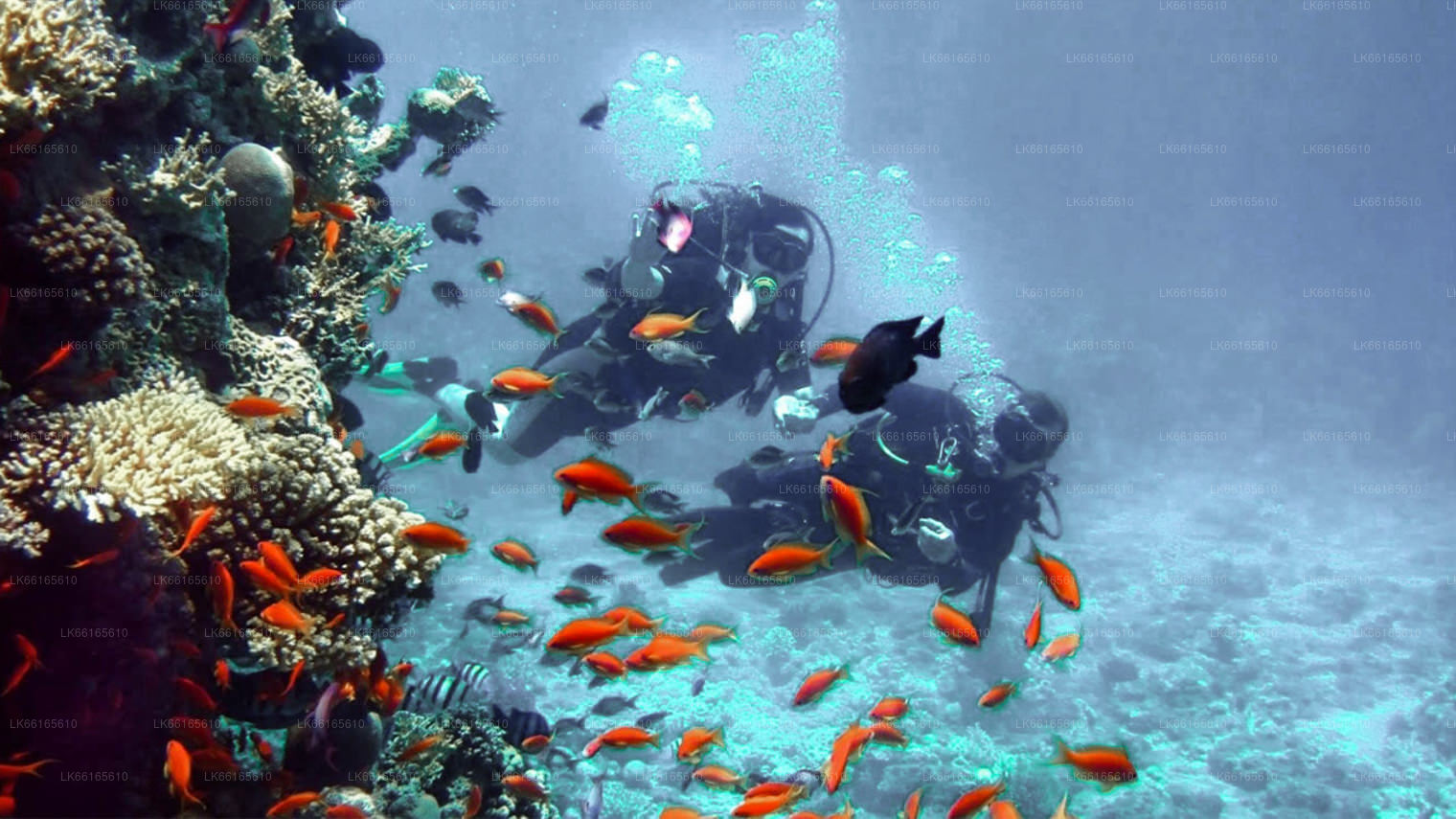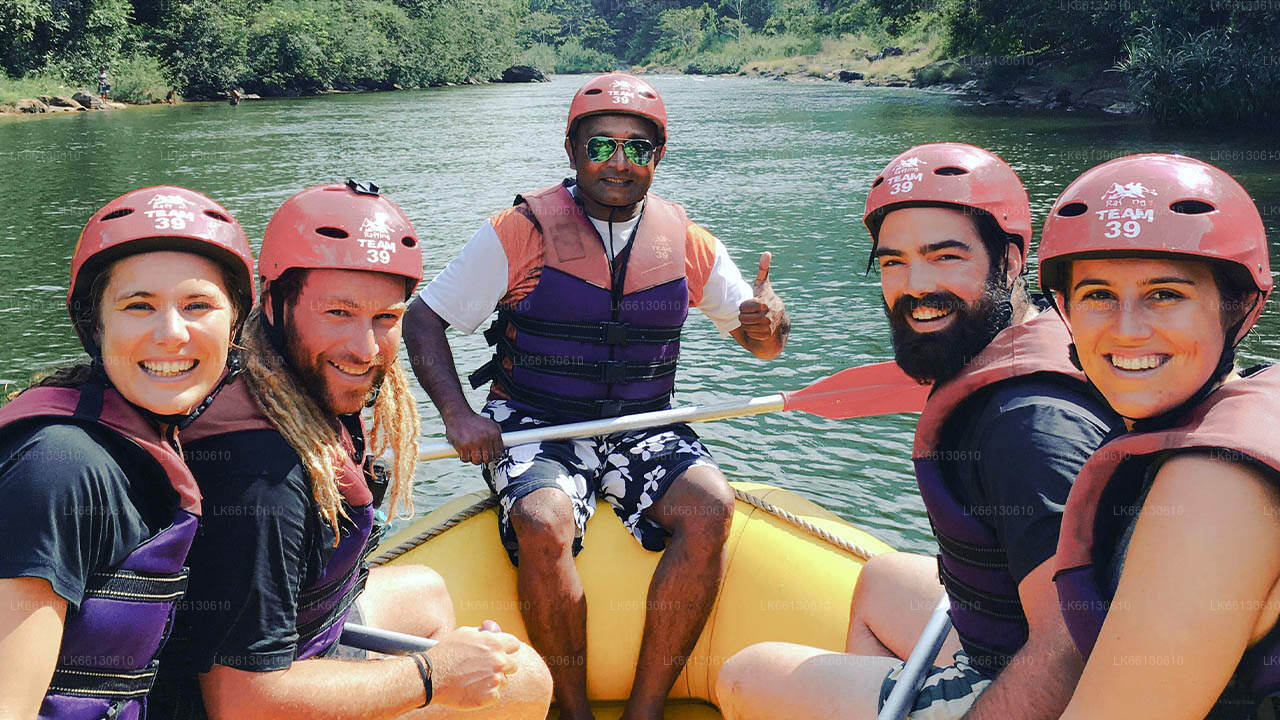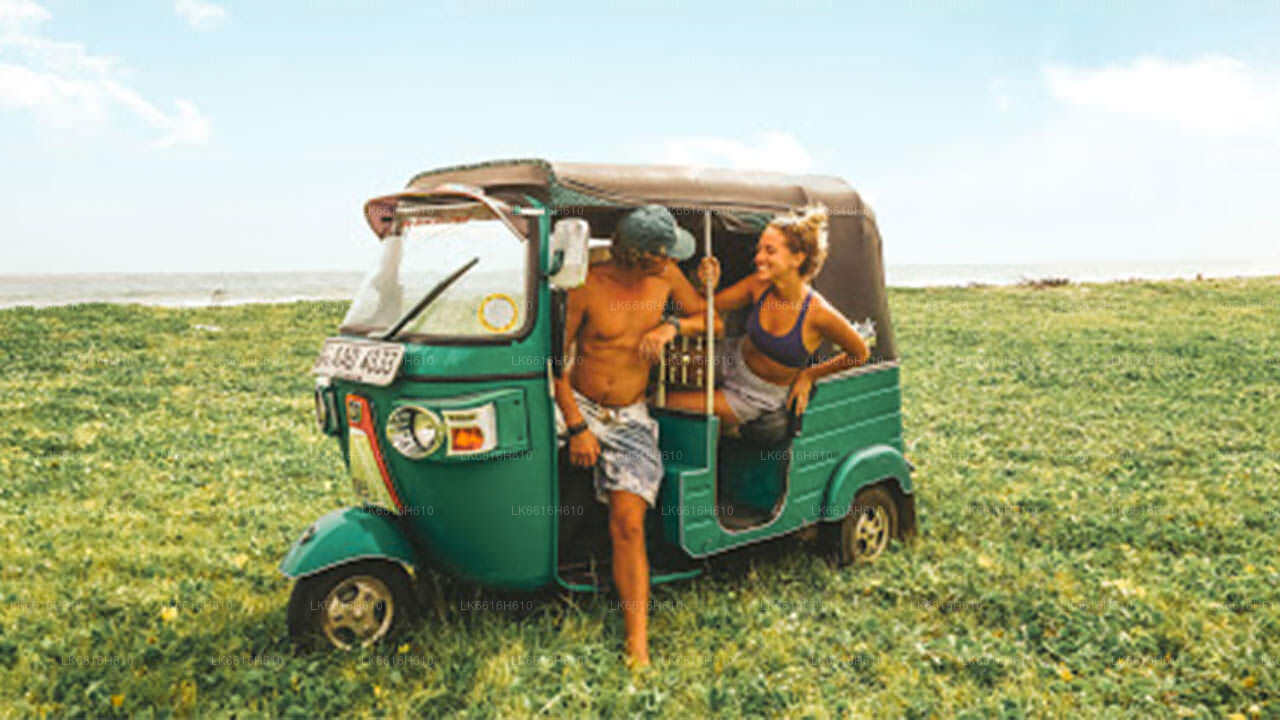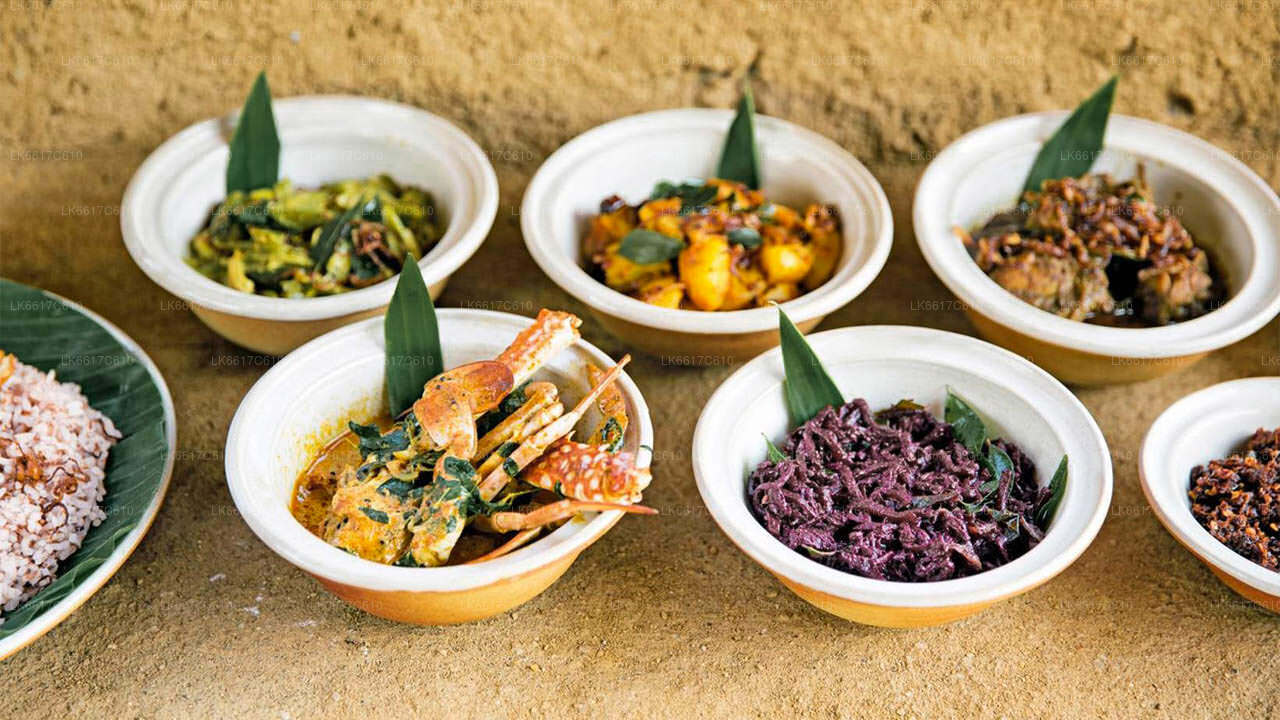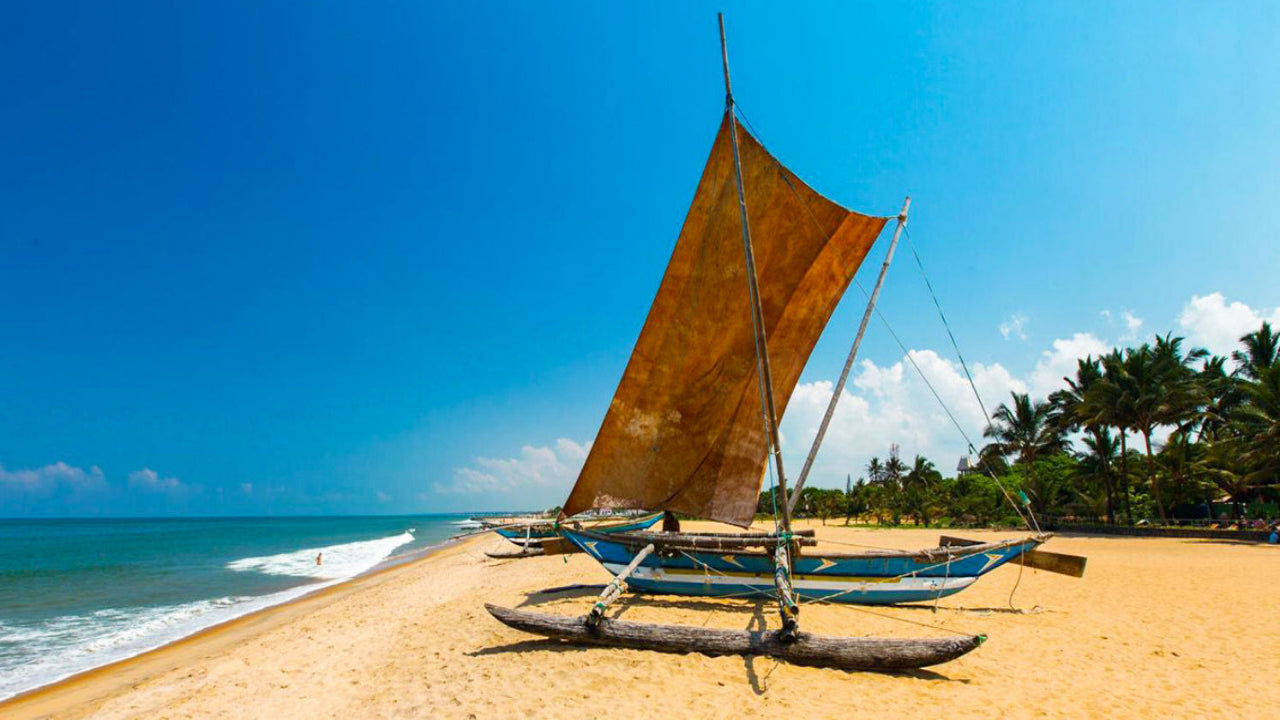
Město Negombo
Negombo, pobřežní město na Srí Lance, nabízí pulzující směs kulturního dědictví a přímořského kouzla. Je známé svými nedotčenými plážemi, Holandským kanálem a rušnými rybími trhy, ale láká na vzrušující výlety a klidné chrámy. Zažijte kouzlo bohaté tapiserie Negomba při každé návštěvě.
Hamilton Canal
The British Agent of Revenue and Commerce in 1802, Garvin Hamilton. started a new canal to the east of the earlier cut canal by Sinhalese king and the Dutch. This canal was meant to link the Dutch canal by a series of parallel canals designed to drain the Muturajawela. what happened was the opposite as the high tide brought salinity not only from the Negambo lagoon but also the Kelani river. Thus the Hamilton Canal was born, named after Garvin Hamilton and stretching 14.5km from Colombo to Negombo.
Hamilton Canal in Sri Lanka: History
During the 15th Century under the rule of King Vira Parakramabahu VIII, the Negombo lagoon served as the main seaport for trading in cinnamon and other commodities. It was this king, in keeping with superior economic considerations, to facilitate access and transport, who began constructing the canal.
Having established Colombo as their capital the Dutch tried to grow paddy in the Muthurajawela marshes, but found, as the kings had done before them, that changing tides inundated the fields with sea water. Therefore, around the 18th century, the Dutch set up the structures, dams and water cuts which enhanced and developed the old system of waterways to siphon out salt water from the fields and transport cinnamon in barges to the nearest port. Thus, the canals formed a “continuous line of waterways between ports and the remote sections of territory under the Dutch” (Brohier).
The canals which meander through the city of Colombo and its suburbs, connect the Kelani River to Puttalam in the North, through the Negombo and Chilaw lagoons, with a cut across to Kalpitiya. The connection to Kalutara and Beruwela in the South is through the Kotte Lake, Kirillapone, Dehiwela and Nedimale canals to Bolgoda Lake and then to the Kalu Ganga. Canals were also constructed in Galle and Matara for the transport of goods, floating timber down from forests and as a flood control measure, while the coast North and South of Batticaloa was one of the oldest routes developed.
The interconnecting Colombo-Negombo canal was of great significance. Although generally called the “Dutch Canal”, the Netherlanders probably just repaired or deepened it. A Portuguese Father, Manoel Barradas describes how “near Colombo the Fathers embarked on a Canal by which they entered the River Calane , and going down the River they proceeded into another Canal as narrow and shady”; and so travelled to Negombo.
Between 1802 and 1804, when the Island was under British control, a new Colombo-Negombo canal was built, conceived by Garvin Hamilton, British Agent of Revenue and Commerce. Hamilton Canal ran west of the old Dutch Canal, quite close to the sea, from the mouth of the Kelani Ganga at Hekitta to the southern edge of the Negombo Lagoon at Pamunugama, a distance of 14.5 km.
Hamilton Canal in Sri Lanka: Refurbishing project and Modern Standards
The refurbishing project of the Hamilton Canal in Sri Lanka covered not only the distance from the Kelani Ganga to Negombo Lagoon, but also the nine-kilometre stretch from Negombo town to the Maha Oya, which constituted the first stage. This ambitious project, which is spearheaded by Minister Basil Rajapaksa, under the Ministry of Economic Development’s Tourism Resources Development Programme, is being implemented by the Sri Lanka Land Reclamation and Development Corporation.
The rehabilitation of the canal is being executed in lengths of 2.5 km. Most of which runs through an urban and sub-urban environment, is now complete. What has been achieved is abundantly evident, the foremost example being a suspension bridge for pedestrians of eye-catching castle tower design, located within a short distance from the entrance to the canal. At night the alternating-color ribbon lights that span the bridge reflect attractively in the still water of the canal and illuminate the activity of this bustling area.
Broad pavements, better described as walkways which are punctuated by large, mature trees and newly planted saplings to provide future shade, have been imaginatively constructed using different materials, different colors, and different layouts to give a form of variety to the environment surrounding the canal. In addition, decorations have been added which provide depictions of sailing ships and sea creatures . Furthermore, one section overhangs the canal with expansive slabs of glass paving through which the water can be observed by anyone travelling overhead.
An appropriate facility is a new fish market located at the edge of the canal, where the cuttlefish, prawns and numerous fish are assured to be freshly caught. These are aspects that must be experienced on foot, but attention also be given to the canal waters, which, incidentally, flow back and forth every twelve hours due to the influence of the sea-tide on the level of the water in the estuary.
Okres Gampaha
Gampaha je městské město na Srí Lance a je hlavním městem okresu Gampaha v Západní provincii, severně od Kolomba. Okres Gampaha je od Kolomba oddělen hlavně řekou Kelani. Město Gampaha je asi 4 km od Miriswatty na silnici Kolombo-Kandy. Gampaha je obklopena městy Yakkala, Miriswatta, Weliweriya Udugampola a Ja-Ela.
Název „Gampaha“ v sinhálštině doslova znamená Pět vesnic. Těmito pěti vesnicemi jsou Ihalagama, Pahalagama, Medagama, Pattiyagama a Aluthgama.
Západní provincie
Západní provincie je nejhustěji osídlenou provincií Srí Lanky. Nachází se zde zákonodárné hlavní město Srí Džajavardanapura a také Kolombo, administrativní a obchodní centrum země. Západní provincie se dělí na 3 hlavní okresy zvané Colombo (642 km²), Gampaha (1 386,6 km²) a Kalutara (1 606 km²). Město je ekonomickým centrem Srí Lanky a sídlí zde všechny hlavní místní i mezinárodní korporace, stejně jako všichni hlavní designoví a maloobchodní prodejci, takže se připravte na trochu nákupní terapie v západní provincii.
Vzhledem k nejvyšší populaci ze všech provincií se v západní provincii nacházejí téměř všechny přední vzdělávací instituce na ostrově. Mezi univerzity v provincii patří Univerzita v Colombu, Univerzita Srí Džajevardanepura, Univerzita Kelaniya, Otevřená univerzita Srí Lanky, Buddhistická a pálijská univerzita Srí Lanky, Univerzita obrany generála Sira Johna Kotelawaly a Univerzita Moratuwa. Západní provincie má největší počet škol v zemi, včetně národních, provinčních, soukromých a mezinárodních škol.


